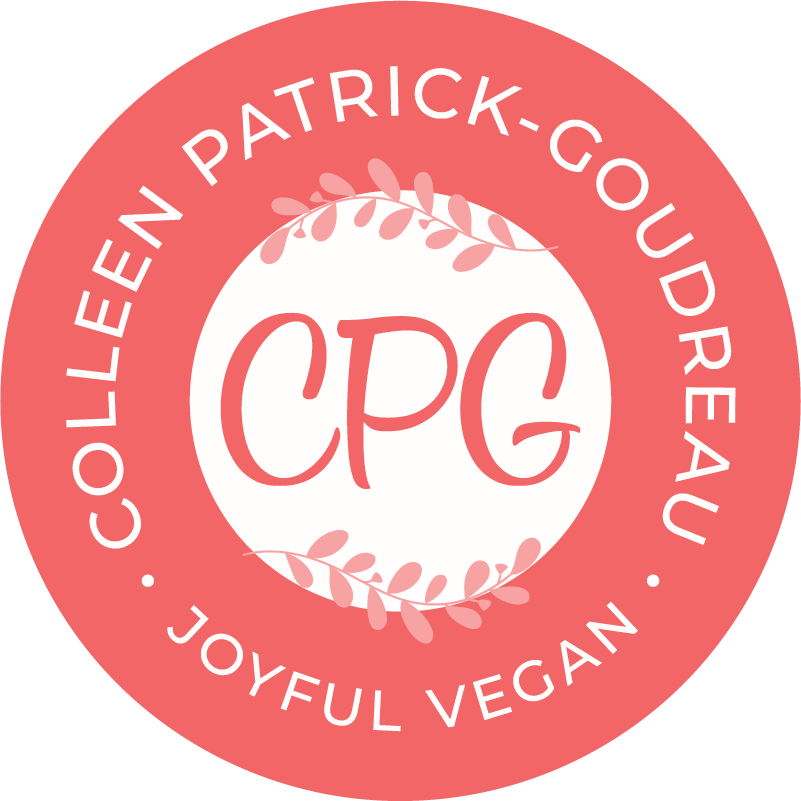The United Nations' Food and Agriculture Organization (FAO) 2006 report,
Livestock's Long Shadow - Environmental Issues and Options, reports exhaustively on the environmental impact of livestock raising.
Here is a link to the report:
Livestock's long shadow: environmental issues and options
The executive summary of this report includes these statements:
"
Land degradation
The livestock sector is by far the single largest anthropogenic user of land. The total area occupied by grazing is equivalent to 26 percent of the ice-free terrestrial surface of the planet. In addition, the total area dedicated to feedcrop production amounts to 33 percent of total arable land. In all, livestock production accounts for 70 percent of all agricultural land and 30 percent of the land surface of the planet.
Expansion of livestock production is a key factor in deforestation, especially in Latin America where the greatest amount of deforestation is occurring – 70 percent of previous forested land in the Amazon is occupied by pastures, and feedcrops cover a large part of the remainder. About 20 percent of the world’s pastures and rangelands, with 73 percent of rangelands in dry areas, have been degraded to some extent, mostly through overgrazing, compaction and erosion created by livestock action. The dry lands in particular are affected by these trends, as livestock are often the only source of livelihoods for the people living in these areas.
Overgrazing can be reduced by grazing fees and by removing obstacles to mobility on common property pastures. Land degradation can be limited and reversed through soil conservation methods, silvopastoralism, better management of grazing systems, limits to uncontrolled burning by pastoralists and controlled exclusion from sensitive areas.
"
"
Atmosphere and climate
With rising temperatures, rising sea levels, melting icecaps and glaciers, shifting ocean currents and weather patterns, climate change is the most serious challenge facing the human race.
The livestock sector is a major player, responsible for 18 percent of greenhouse gas emissions measured in CO2 equivalent. This is a higher share than transport.
The livestock sector accounts for 9 percent of anthropogenic CO2 emissions. The largest share of this derives from land-use changes – especially deforestation – caused by expansion of pastures and arable land for feedcrops. Livestock are responsible for much larger shares of some gases with far higher potential to warm the atmosphere. The sector emits 37 percent of anthropogenic methane (with 23 times the global warming potential (GWP) of CO2) most of that from enteric fermentation by ruminants. It emits 65 percent of anthropogenic nitrous oxide (with 296 times the GWP of CO2), the great majority from manure. Livestock are also responsible for almost two-thirds (64 percent) of anthropogenic ammonia emissions, which contribute significantly to acid rain and acidification of ecosystems.
This high level of emissions opens up large opportunities for climate change mitigation through livestock actions. Intensification – in terms of increased productivity both in livestock production and in feedcrop agriculture – can reduce greenhouse gas emissions from deforestation and pasture degradation. In addition, restoring historical losses of soil carbon through conservation tillage, cover crops, agroforestry and other measures could sequester up to 1.3 tonnes of carbon per hectare per year, with additional amounts available through restoration of desertified pastures. Methane emissions can be reduced through improved diets to reduce enteric fermentation, improved manure management and biogas – which also provide renewable energy. Nitrogen emissions can be reduced through improved diets and manure management.
The Kyoto Protocol’s clean development mechanism (CDM) can be used to finance the spread of biogas and silvopastoral initiatives involving afforestation and reforestation. Methodologies should be developed so that the CDM can finance other livestock-related options such as soil carbon sequestration through rehabilitation of degraded pastures.
"
"
Water
The world is moving towards increasing problems of freshwater shortage, scarcity and depletion, with 64 percent of the world’s population expected to live in water-stressed basins by 2025.
The livestock sector is a key player in increasing water use, accounting for over 8 percent of global human water use, mostly for the irrigation of feedcrops. It is probably the largest sectoral source of water pollution, contributing to eutrophication, “dead” zones in coastal areas, degradation of coral reefs, human health problems, emergence of antibiotic resistance and many others. The major sources of pollution are from animal wastes, antibiotics and hormones, chemicals from tanneries, fertilizers and pesticides used for feedcrops, and sediments from eroded pastures. Global figures are not available but in the United States, with the world’s fourth largest land area, livestock are responsible for an estimated 55 percent of erosion and sediment, 37 percent of pesticide use, 50 percent of antibiotic use, and a third of the loads of nitrogen and phosphorus into freshwater resources.
Livestock also affect the replenishment of freshwater by compacting soil, reducing infiltration, degrading the banks of watercourses, drying up floodplains and lowering water tables. Livestock’s contribution to deforestation also increases runoff and reduces dry season flows.
Water use can be reduced through improving the efficiency of irrigation systems. Livestock’s impact on erosion, sedimentation and water regulation can be addressed by measures against land degradation. Pollution can be tackled through better management of animal waste in industrial production units, better diets to improve nutrient absorption, improved manure management (including biogas) and better use of processed manure on croplands. Industrial livestock production should be decentralized to accessible croplands where wastes can be recycled without overloading soils and freshwater.
Policy measures that would help in reducing water use and pollution include full cost pricing of water (to cover supply costs, as well as economic and environmental externalities), regulatory frameworks for limiting inputs and scale, specifying required equipment and discharge levels, zoning regulations and taxes to discourage large-scale concentrations close to cities, as well as the development of secure water rights and water markets, and participatory management of watersheds.
"
.





